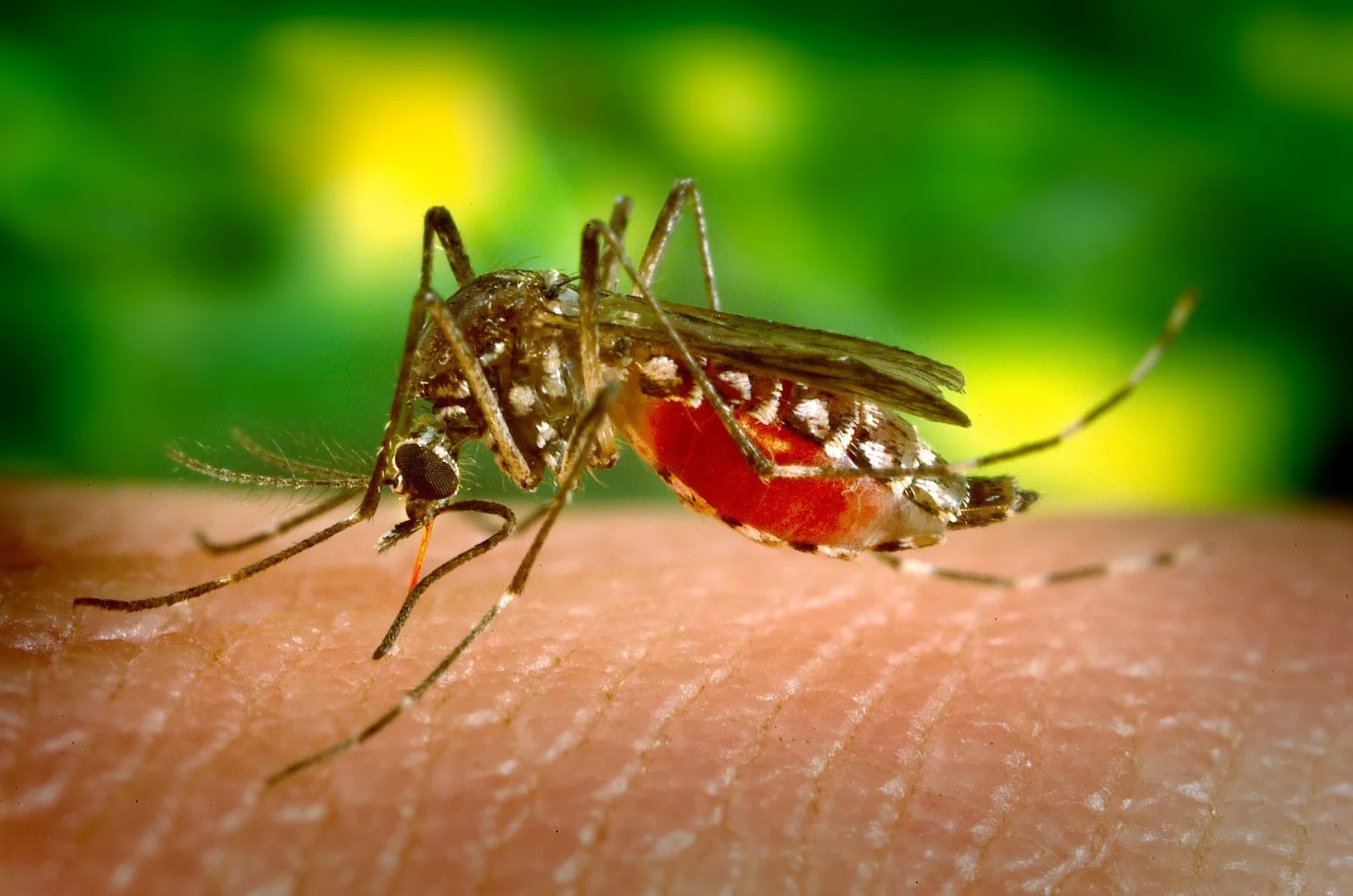As Peru grapples with its most severe dengue outbreak ever, exacerbated by the El Niño climate phenomenon, scientists make significant strides in understanding mosquito behavior and attraction. Meanwhile, researchers uncover the role of clothing color in mosquito bites, and the alarming truth about mosquitoes as the deadliest creatures on the planet comes to light.

Peru is facing its worst dengue outbreak on record, with over 130,000 recorded cases and a death toll of over 200 this year. The country’s health authorities attribute the surge in cases to the El Niño climate phenomenon, which is causing torrential rains and an increase in mosquitoes. El Niño, a cyclical warming of the world’s oceans and weather, leads to tropical cyclones and heavy rainfall, creating favorable conditions for mosquito reproduction. To combat the outbreak, Peru’s health officials are urging residents to avoid storing still water in open containers, as it provides breeding grounds for mosquitoes.
Dengue fever, transmitted by the Aedes aegypti mosquito, causes symptoms such as high fever, headache, vomiting, and muscle and joint pain and can sometimes be fatal. The health ministry has emphasized the importance of eliminating mosquito breeding sites to prevent the spread of the disease.
On June 8, the US National Oceanic and Atmospheric Administration (NOAA) declared the presence of an El Niño, which is particularly concerning this year. The last strong El Niño in 2016 resulted in the hottest year on record. In response to the imminent danger of heavy rainfall, Peruvian President Dina Boluarte declared a two-month “state of emergency” in 18 out of 24 regions to facilitate swift official action.
Caption translated: Health Minister Rosa Gutiérrez continues to sell us fumigation as a weapon to combat a dengue epidemic, when in reality that is a LIE. When an epidemic has broken out on a larger scale, fumigation DOES NOT SERVE.
Meanwhile, researchers have made significant progress in understanding mosquitoes’ attraction to humans. A scientific study revealed that certain chemicals in body odor play a crucial role in attracting mosquitoes. Scientists created a testing arena to study mosquitoes’ behavior and preferences, discovering that airborne carboxylic acids, produced by bacteria on human skin, attract mosquitoes. On the other hand, a chemical called eucalyptol, found in plants, seems to deter them. This finding could lead to the development of lures or repellents to control malaria vectors, which continue to pose a threat to regions where the disease is endemic.
Malaria, a blood-borne disease caused by parasites transmitted by mosquitoes, remains a significant global health concern. Despite the disease being eradicated in the United States, it still causes over 600,000 deaths per year, primarily affecting children under the age of 5 and pregnant women. Understanding how mosquitoes find humans and identifying chemical cues they respond to is crucial for developing effective preventive measures.
Additionally, research has revealed that clothing color can influence mosquito bites. Mosquitoes are not attracted to clothing per se but are more likely to notice dark colors such as black, deep reds, and navy blue as they stand out against the background. Other factors like body temperature, blood type, and alcohol consumption also play a role in mosquitoes’ choice of meal. Light-colored clothing, such as whites and pastels, may make individuals less attractive to mosquitoes.
Mosquitoes pose a significant threat, being responsible for transmitting various diseases and causing hundreds of thousands of deaths each year. While DEET and picaridin-based products are recommended for high-risk areas, organic alternatives such as repellent soaps and scents can be used in low-risk areas.
As the dengue outbreak worsens in Peru and the global fight against mosquito-borne diseases continues, understanding mosquito behavior and developing effective preventive measures become essential to protecting public health.
Stay connected with Today On Globe for the latest Global Issues and News Updates.
Explore more related articles at [TOG News / TOG Article]













